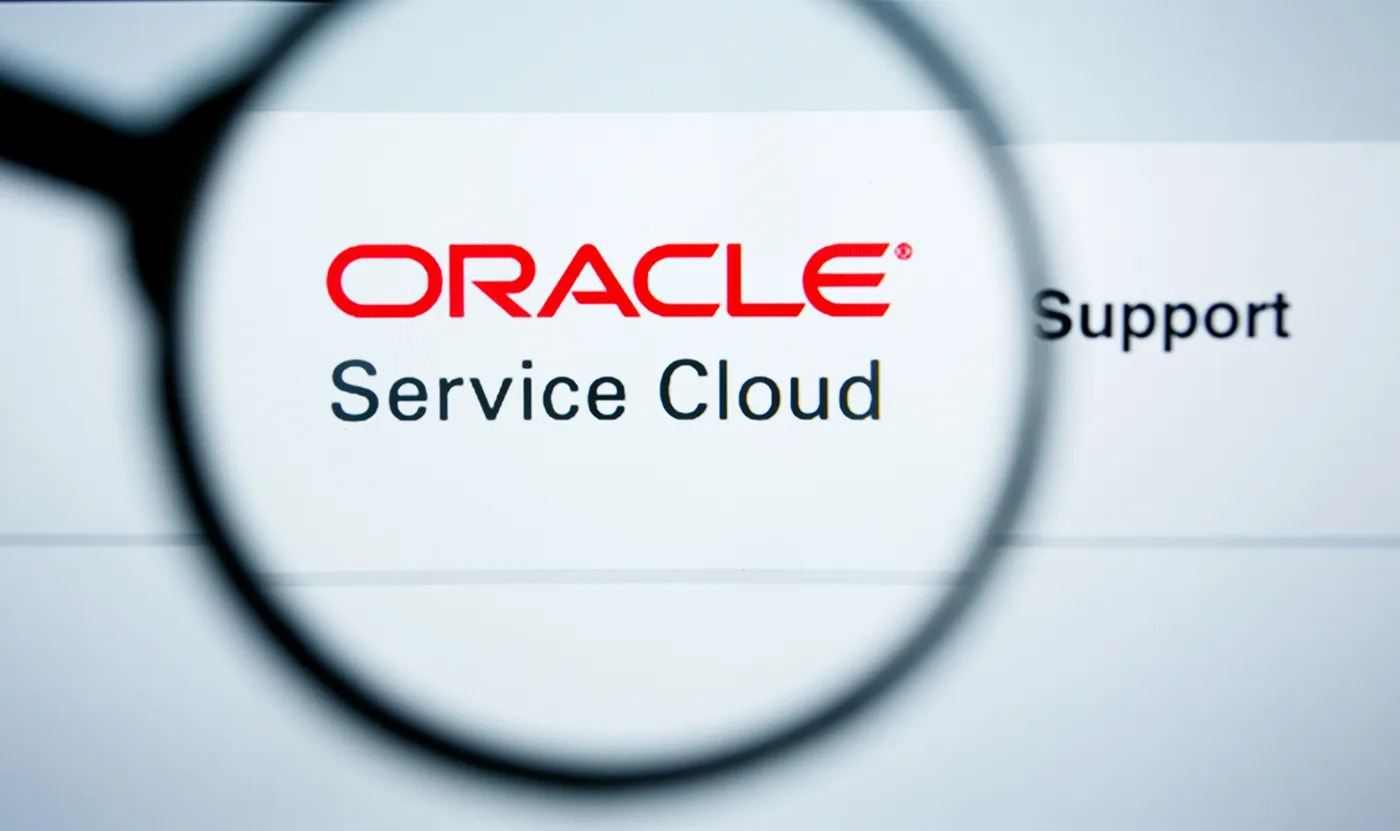Today’s shopper is as unpredictable as the global economy. In times gone by, businesses could draw on historic data to create a solid forecast for the months ahead, but the pandemic, resulting supply chain disruption and record levels of inflation wreaked havoc, and upended the planning process with major consequences for wholesalers and manufacturers.
Most retailers went into peak season not knowing what to expect. Many were still struggling with excess inventory, and shaky consumer confidence led to lower shopper turnout. The result was huge volumes of canceled orders. The supply disruption and demand volatility of the last two years have created hyper-reactive buying patterns. This has a significant downstream impact, shifting the problem from retailer to supplier.
While everyone across the industry wants to achieve more steady and predictable flows, that’s not looking likely with a global recession looming. To cope with erratic buying and the potential for more order cancellations, businesses need to focus their attention on pricing and rebate management. This will ensure these financial cornerstones are managed to withstand more volatility.
Complexity
For manufacturers, wholesalers, and distributors, order volatility and high return rates amplify transport and warehousing costs. Therefore, pricing must be robust, reflecting actual input costs and ensuring a guaranteed margin.
The complexity of managing buy-side and sell-side pricing, with its matrix of individual promotions and rebates, has been a long-term challenge. However, today’s pressures should make it a priority focus.
For most businesses, the time spent managing dozens of pricing and rebate spreadsheets is a major drain on resources. It’s almost impossible to get a real-time view of profitability. By moving to intelligent, automated pricing from Flintfox, that complexity is taken away. Cost data is automatically linked to pricing. This enables businesses to instantly see where margins are being achieved. It also highlights where pricing needs to be changed to improve revenue or profitability, by customer, channel, or product line.
Pricing can be easily set according to pre-determined rules, for instance, with adjustments linked to payment or return terms. Intelligent automated pricing eliminates the risk of human error of underpricing which is costing business millions each year.
Control
At a time when margins are precarious, the sales function needs to be armed with the right information. Sales performance can’t be based on deal value alone when that revenue could be unstable and subject to cancellation. Sales agents can model deals on the spot using the Flintfox Intelligent Pricing Platform. This ensures they commit to a price that delivers the necessary margins and terms that minimize risk.
Access to automated pricing reduces the amount of time that teams spend on pricing administration. Changes can be made quickly and are applied immediately, therefore, sales teams have more time to get out to meet customers.
Staying on top of rebates
Rebate management is one of the most unwieldy aspects of manufacturing and wholesale financial management. And today’s volatility is causing even more challenges – on average, £2.65m is lost in unclaimed rebates every year.
With Flintfox, manufacturers and wholesalers can eliminate lost revenue by calculating and claiming or paying whenever the payment is due. It can also reduce the number of days rebates are outstanding by making a claim as soon as an amount is owed, improving vital cashflow.
Manufacturers and wholesalers can visualize rebate revenue on a daily basis by recognizing revenue as being earned rather than when it is received so it can instantly be factored into pricing decisions. Meanwhile, accurate and detailed claim reports can improve collections by making it easier for suppliers to give approvals.
Building financial resilience
After a tumultuous three years, the prospect of a recession feels like a kick in the teeth for businesses that have navigated a pandemic, supply chain chaos, record levels of inflation, and chaotic buying behavior. But before retrenching into cost-saving measures, taking time to review and rethink fundamental business practices could deliver much more significant results without compromising future growth. Moving on from manual, time-consuming, and error-prone pricing and rebate management will cut revenue leakage, improve margins and deliver major efficiency gains, helping to build the financial resilience needed to tackle the unpredictability of the year ahead.










